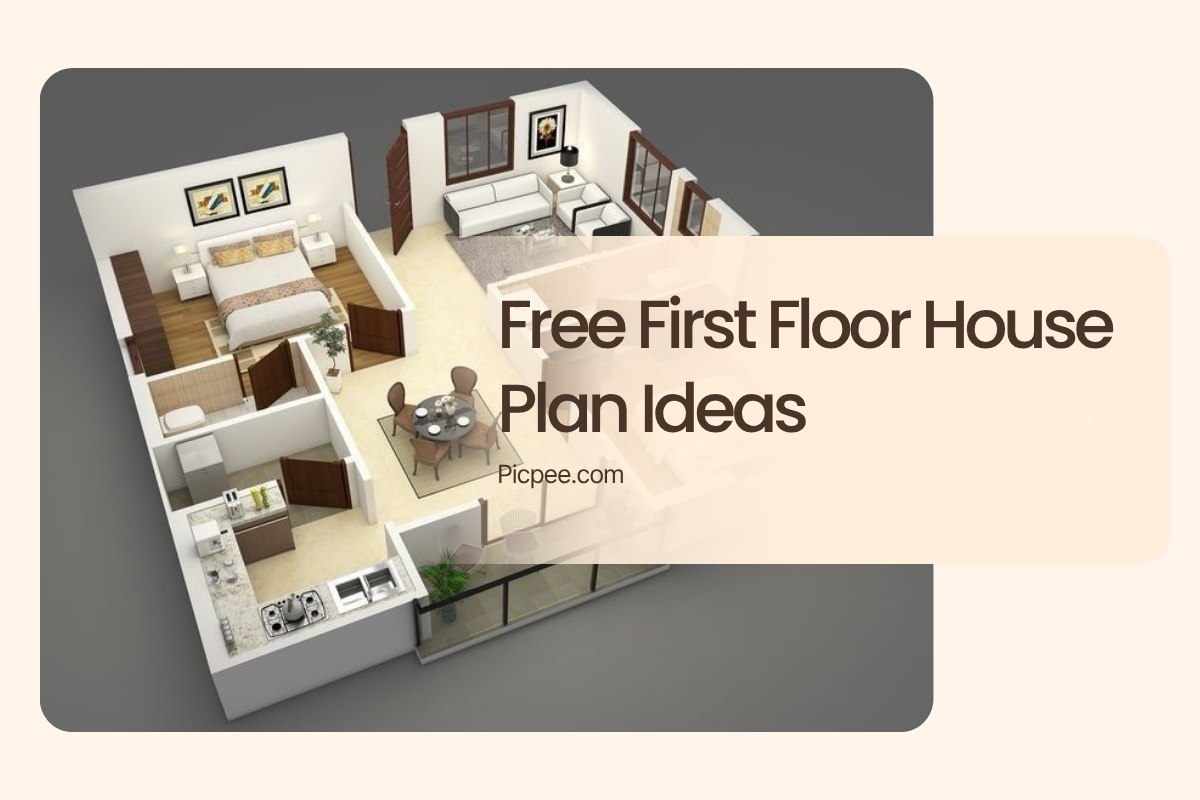Designing your first floor house plan is one of the most exciting stages of creating a home — it’s where form meets function and creativity meets comfort. A well-thought-out layout not only determines how the space looks but also how it feels and performs in daily life.
If you’re planning a modern home, there are several key design principles and layout strategies to consider. The beauty of modern architecture lies in its flexibility — merging simplicity, functionality, and aesthetics to create a home that’s both practical and inspiring.
Continue reading to explore how to infuse a modern twist into your first floor house plan and discover 12 defining features that make modern living spaces stand out.
12 Distinctive Features of Modern House Floor Plans
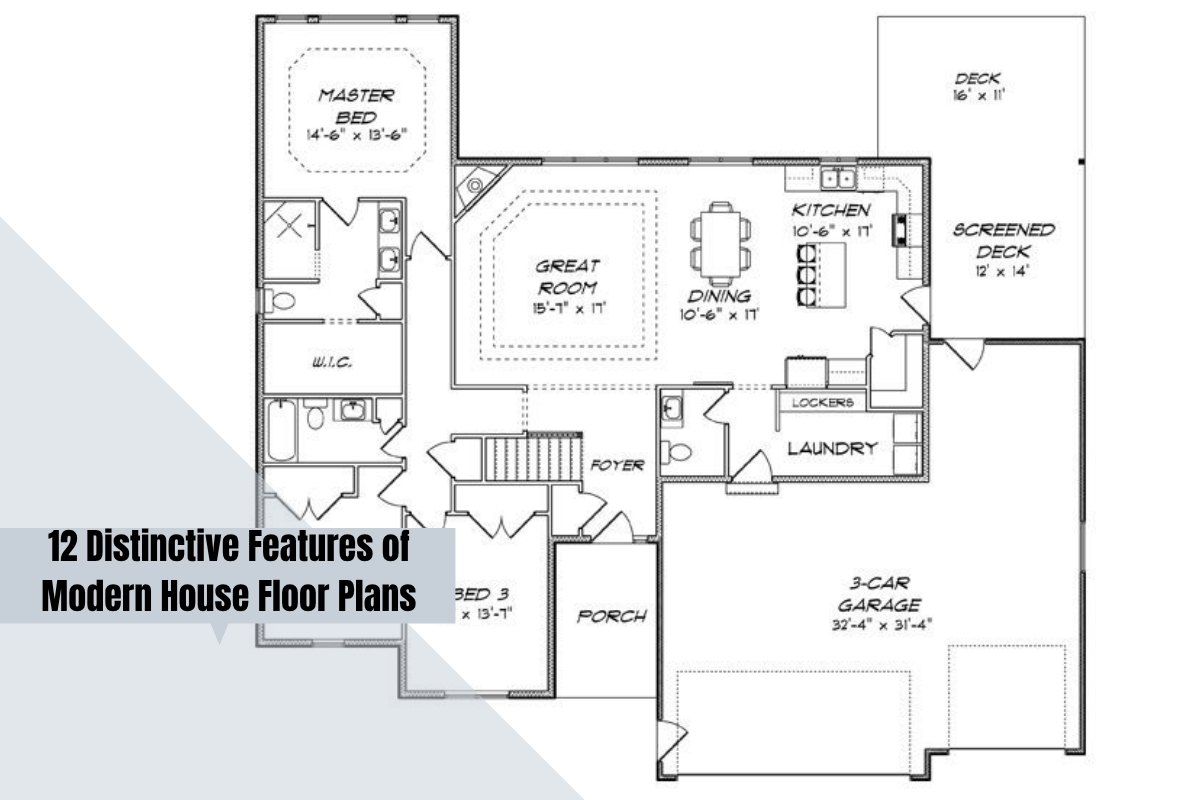
Modern house design is not bound by rigid rules — instead, it celebrates innovation, natural light, open space, and connection to the outdoors. Below are 12 core elements that define modern floor planning and architectural style.
Strong Geometric Shapes

Forget the old-fashioned rectangular blueprint. Modern homes embrace geometry — sharp angles, bold lines, and even asymmetry — to create visual interest and architectural character.
Whether it’s an L-shaped, U-shaped, or multi-angle layout, these shapes break the monotony of traditional design and create unique spaces that flow naturally between indoor and outdoor areas.
Clerestory Windows
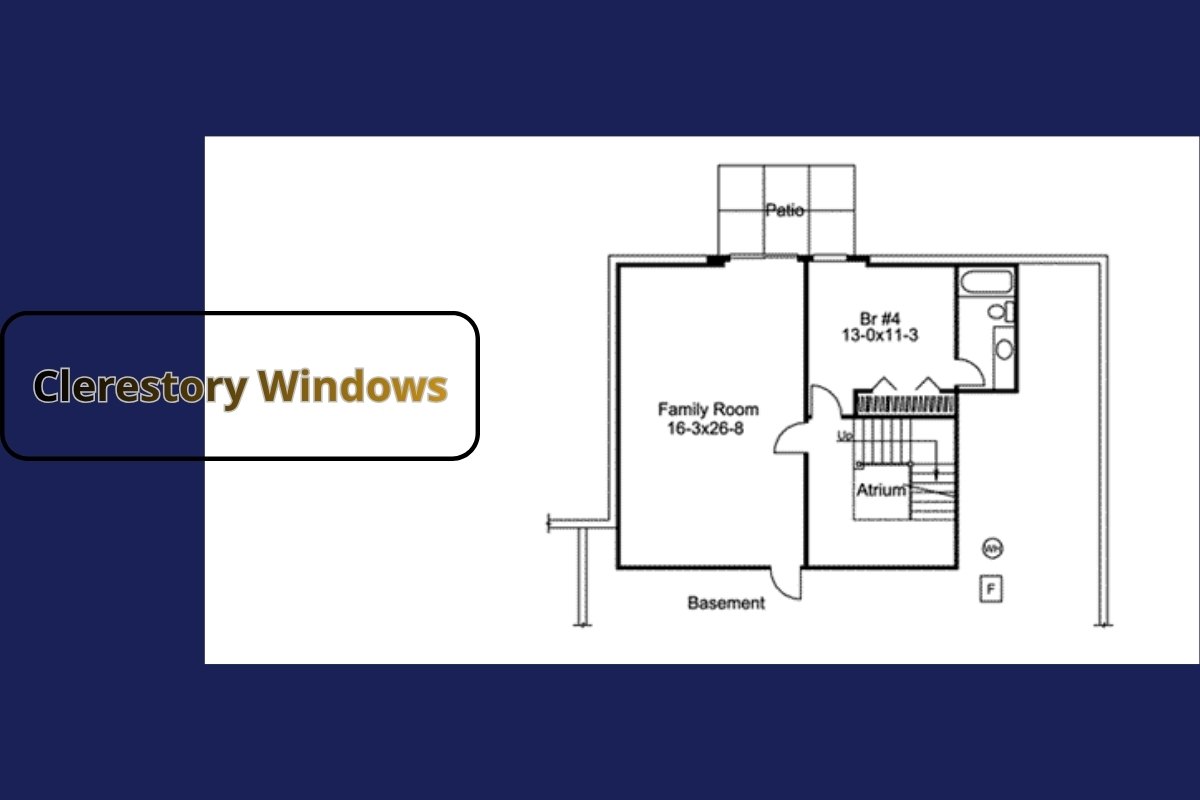
Clerestory windows, positioned high on walls above eye level, are a hallmark of modern architecture. These narrow strips of glass bring in abundant daylight while maintaining privacy.
They help improve air circulation, enhance energy efficiency, and add a striking aesthetic element that makes your interiors feel light, open, and spacious.
Open Floor Plan
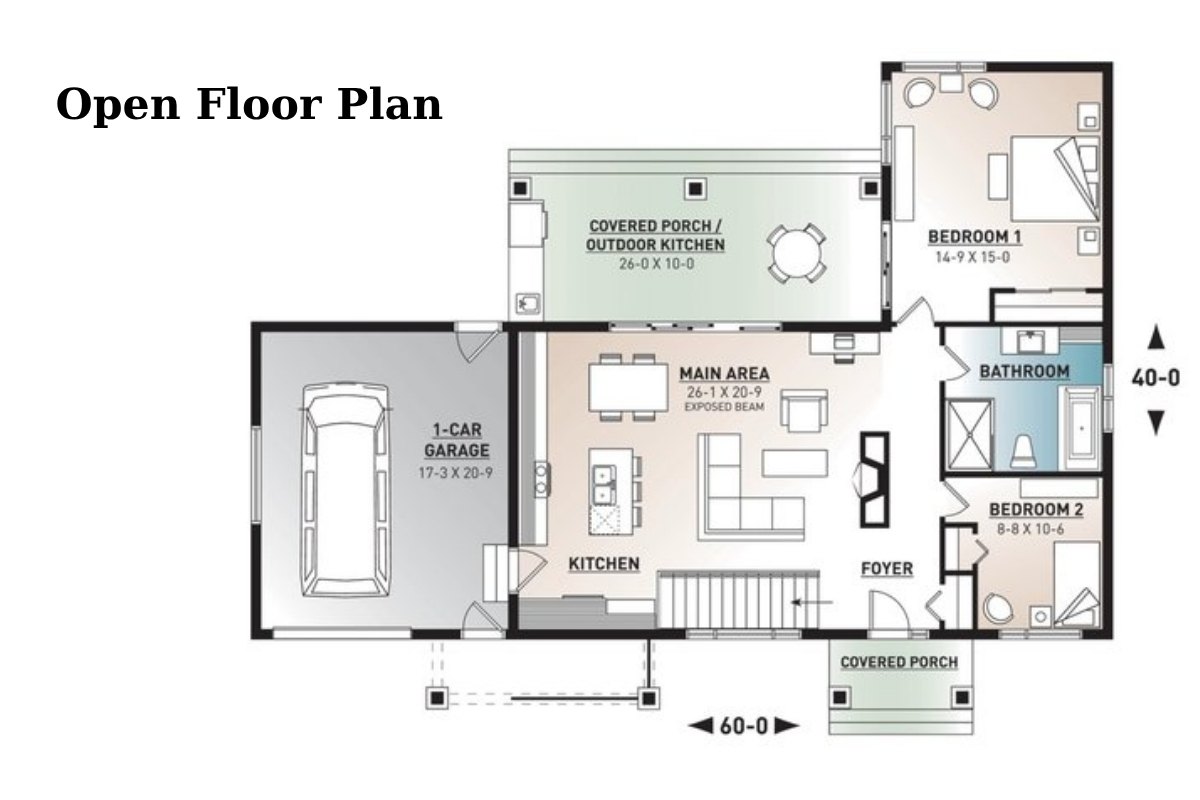
The open floor plan is arguably the signature feature of modern home design. By removing walls and corridors, spaces like the kitchen, dining, and living area merge seamlessly into one another.
This not only makes your home feel larger and brighter but also promotes social interaction — perfect for entertaining guests or spending quality family time.
Many modern layouts use L-shaped or T-shaped configurations to subtly define zones while preserving the sense of openness.
Large Sliding Glass Doors
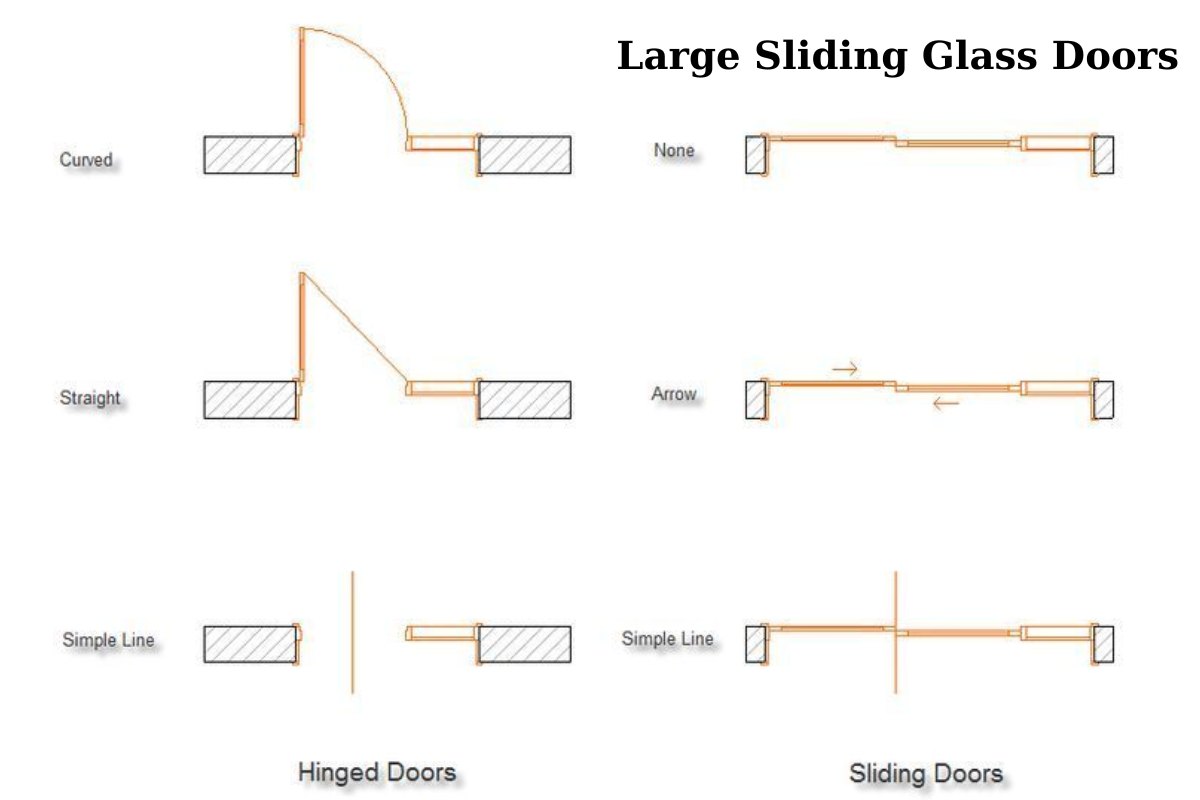
Modern living celebrates the connection between indoor and outdoor spaces. Large sliding or folding glass doors act as transparent walls that open up to patios, gardens, or decks.
When fully opened, they erase the boundary between inside and outside, filling your home with natural light and fresh air — an ideal feature for summer entertaining or evening relaxation.
Dynamic, Multi-Functional Features
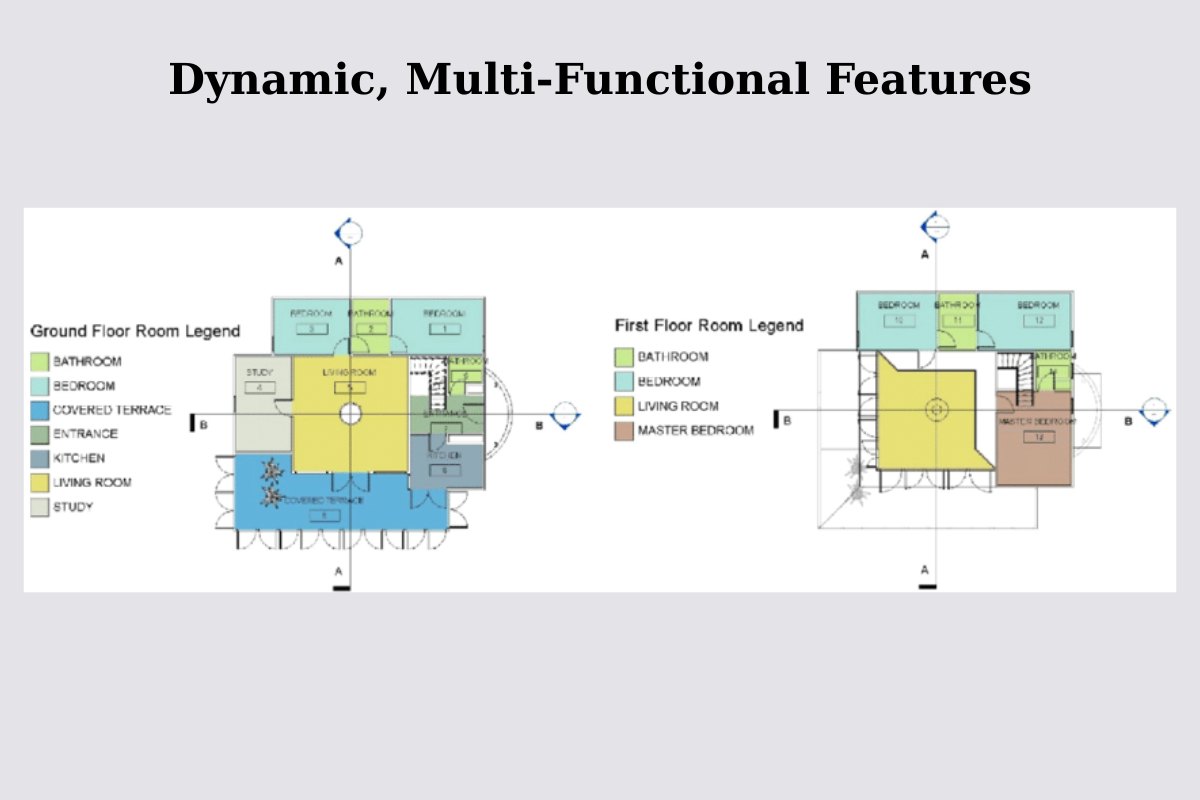
Modern house plans are designed for flexibility and smart living. Space-saving innovations like Murphy beds, hidden storage compartments, and pop-out tables allow smaller homes to feel uncluttered and efficient.
These features transform rooms for multiple uses — a living room by day can easily convert into a guest suite at night.
Natural Materials and Textures
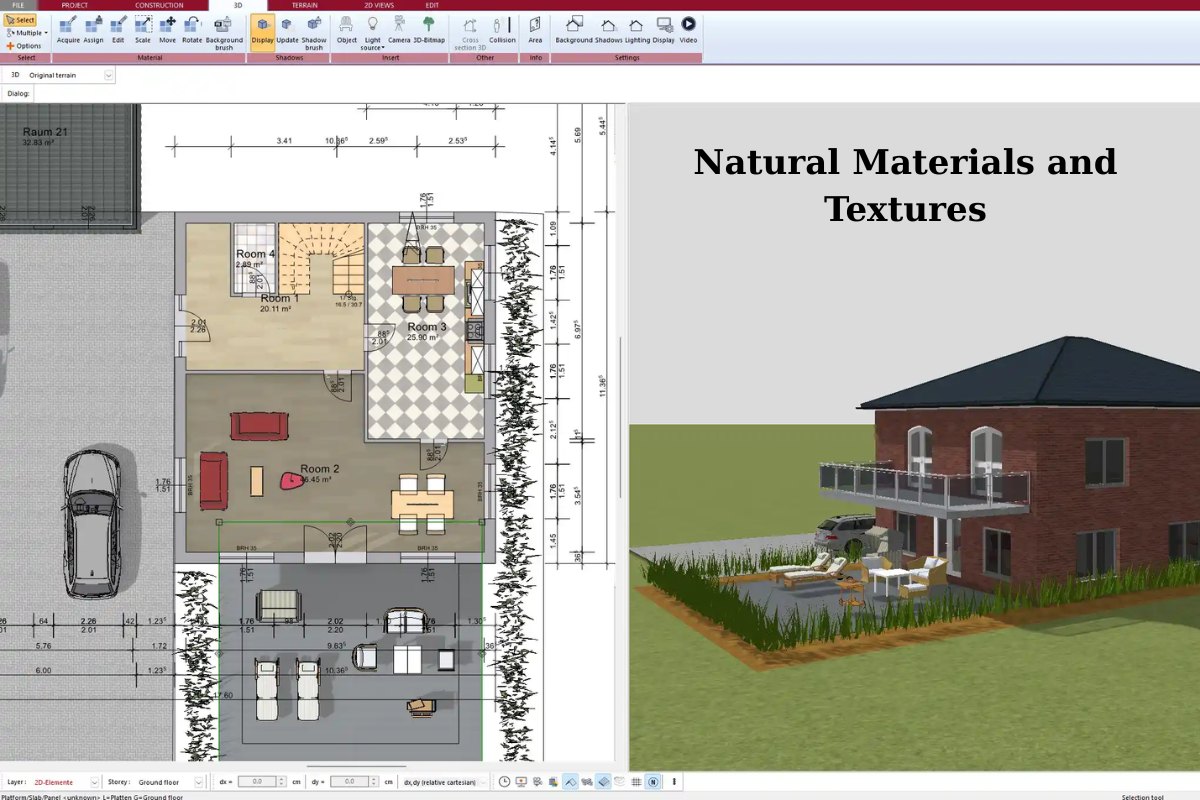
One of the cornerstones of modern design is the use of natural materials such as wood, stone, and concrete. These elements bring warmth and authenticity to interiors while creating harmony with the surrounding environment.
Think wooden paneling, stone feature walls, or polished concrete floors — all add tactile contrast and timeless appeal.
Exposed Structural Elements
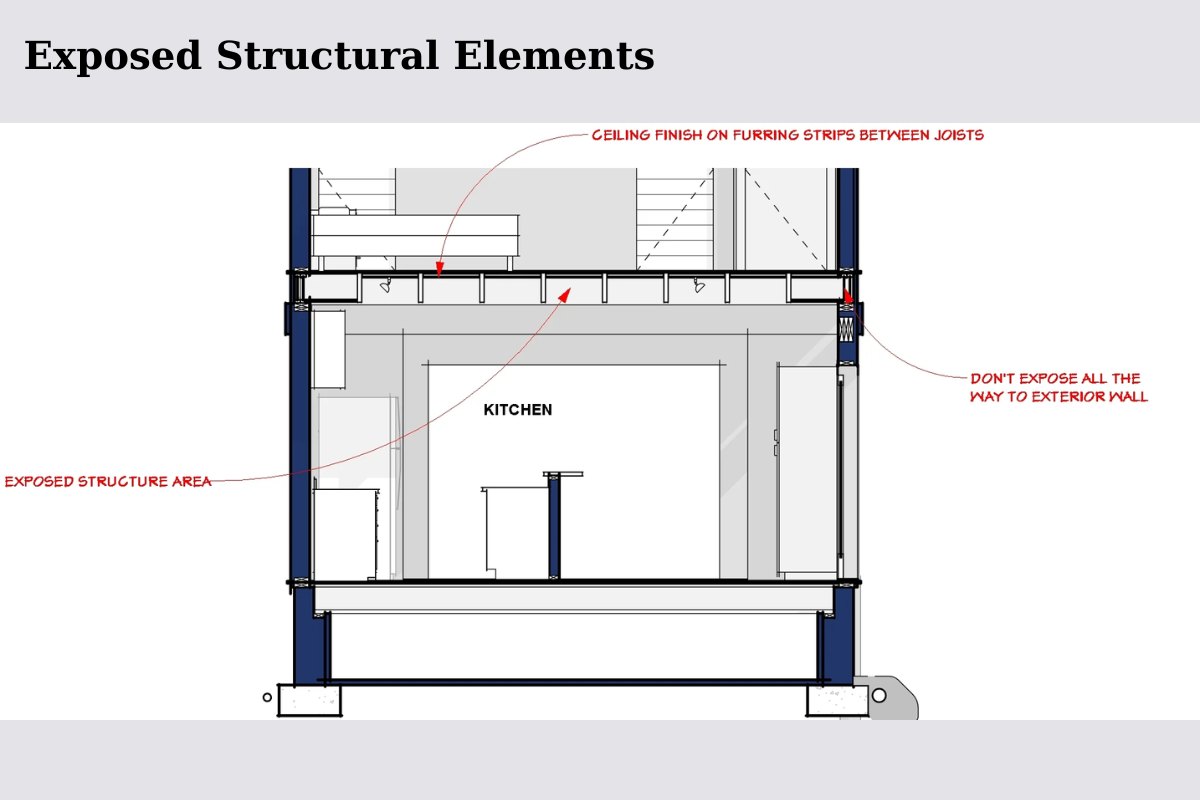
Modern architecture often celebrates the beauty of structure itself. Exposed steel beams, concrete columns, or timber trusses can give your home a raw, industrial edge while maintaining an open, spacious aesthetic.
Paired with glass walls or skylights, these structural details allow natural light to flood through, creating a dramatic and contemporary look.
Flat or Gently Sloped Roofs
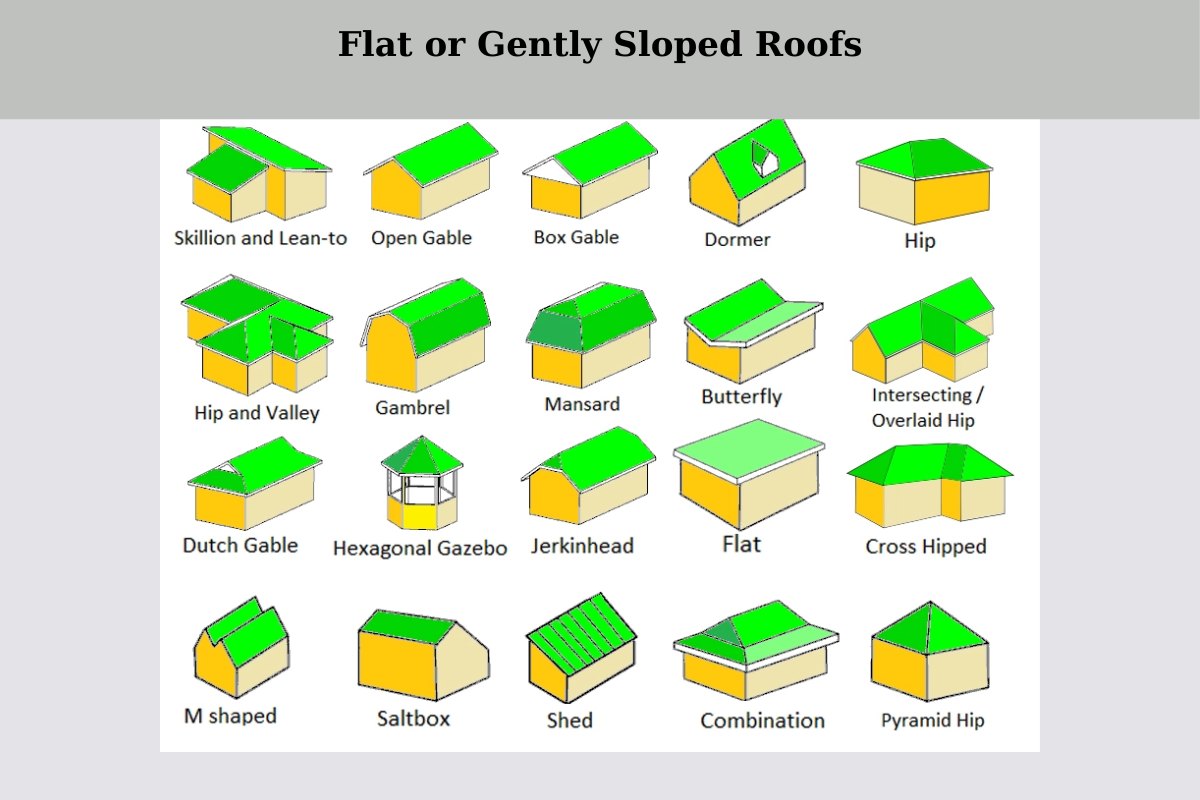
Flat or slightly pitched roofs are defining traits of modern homes. They provide a sleek, minimalist profile and offer functional advantages — easier maintenance, cost efficiency, and additional rooftop space for solar panels or a rooftop garden.
They also allow future vertical expansion, making your house adaptable to changing family needs.
Overhanging Eaves

Overhanging eaves serve both aesthetic and practical purposes. Architecturally, they give your home depth and visual layering; functionally, they provide shade and weather protection, helping to regulate interior temperatures naturally.
They also create smoother transitions between indoor and outdoor areas, making patios and verandas feel like an extension of the living space.
Lanais, Verandas, and Porches

A modern home often blurs the boundary between indoors and outdoors. Covered outdoor living areas such as lanais, verandas, and porches do exactly that — extending the usable living space while maintaining a connection with nature.
These features are ideal for homes in warm or tropical climates, offering comfortable spaces to relax, entertain, or enjoy sunset views year-round.
High Ceilings

High ceilings amplify space, air, and light. They make interiors feel luxurious and expansive, while also improving ventilation and temperature balance.
This design element is especially effective in open-plan living areas, where it adds grandeur and volume without cluttering the overall layout.
Mezzanine Floors

If your first floor has enough vertical height, adding a mezzanine can dramatically enhance your home’s functionality. It’s a stylish way to incorporate a home office, library, or guest bedroom without increasing the building footprint.
A mezzanine also provides a stunning architectural statement — offering new viewpoints and adding dynamic levels to your living space.
Conclusion
Modern first floor house plans combine innovation, flexibility, and elegance. From geometric layouts to open living spaces and eco-conscious materials, each feature contributes to a balanced lifestyle where aesthetics meet practicality.
Whether you’re building your dream home or redesigning an existing one, incorporating these modern design principles can help you craft a space that feels open, vibrant, and truly your own.
Your first floor is more than just a layout — it’s the foundation of modern living.
 Single Exposure
Single Exposure Room Cleaning
Room Cleaning Reels
Reels Blended Brackets (HDR)
Blended Brackets (HDR) Changing Seasons
Changing Seasons Slideshows
Slideshows Flambient
Flambient Water in Pool
Water in Pool Individual
Individual 360° Image Enhancement
360° Image Enhancement Lawn Replacement
Lawn Replacement Team
Team Virtual Staging
Virtual Staging Rain to Shine
Rain to Shine Add Person
Add Person Remodel
Remodel Custom 2D
Custom 2D Remove Person
Remove Person 360° Image
360° Image Custom 3D
Custom 3D Background Replacement
Background Replacement Day to Dusk
Day to Dusk Property Video
Property Video Cut Outs
Cut Outs Day to Twilight
Day to Twilight Walkthrough Video
Walkthrough Video Change color
Change color 1–4 Items
1–4 Items
